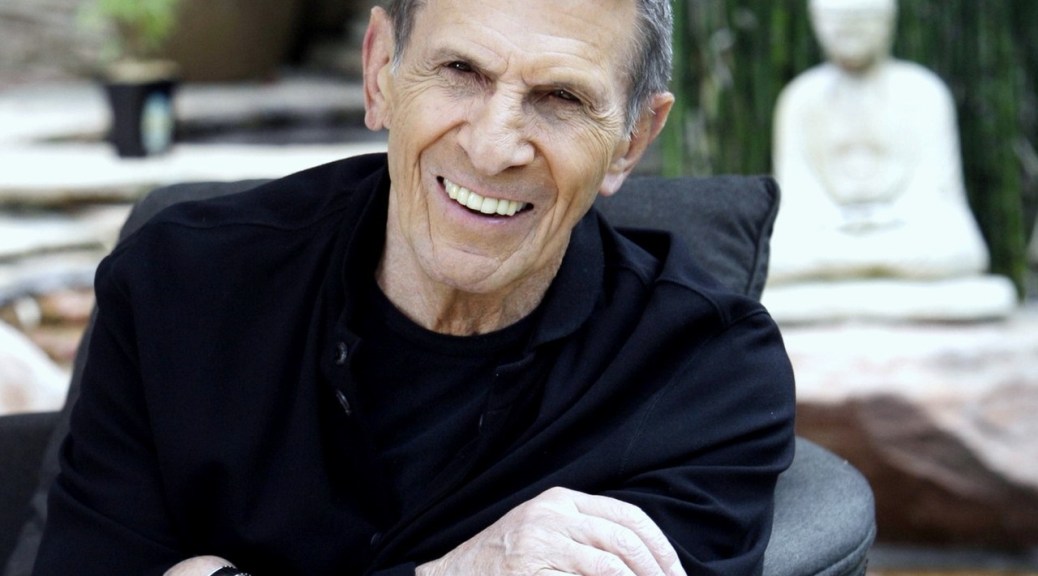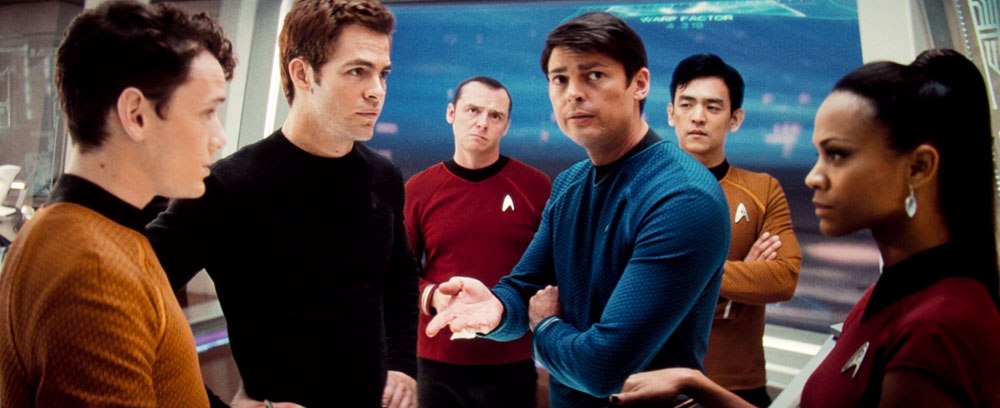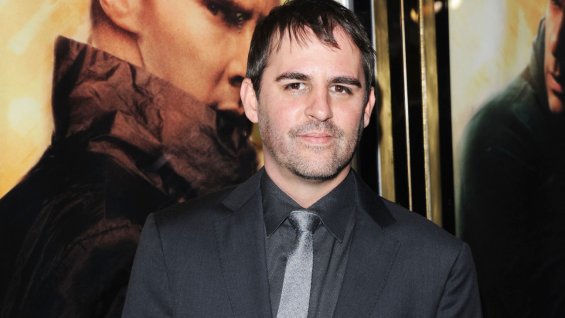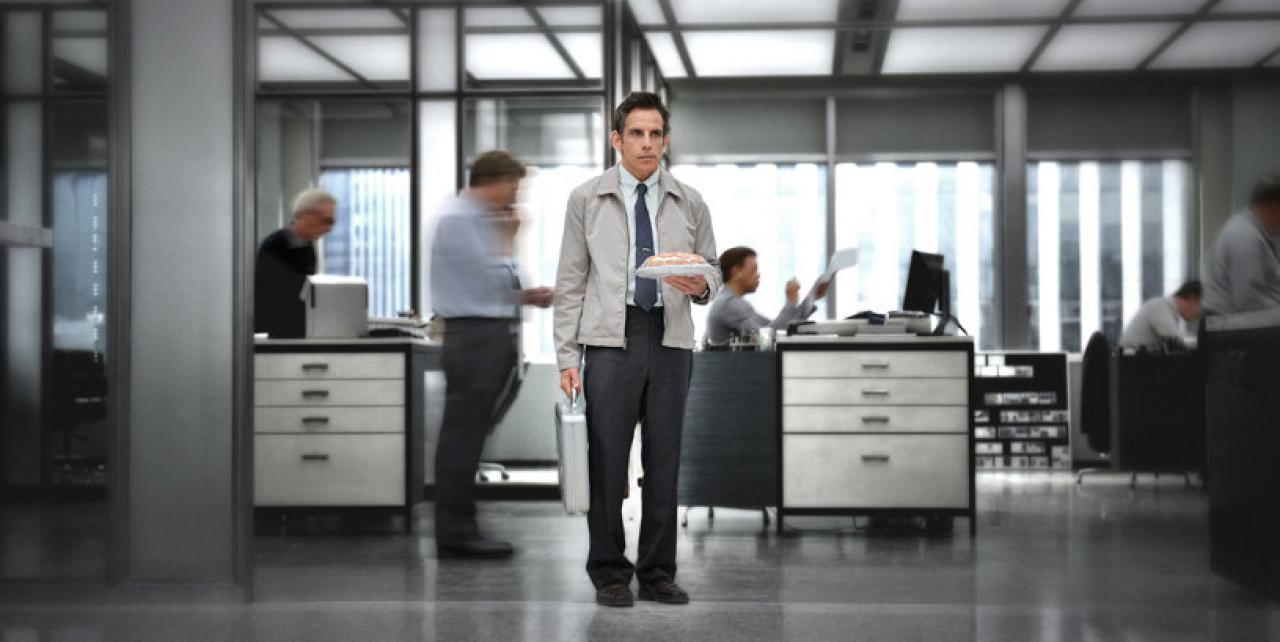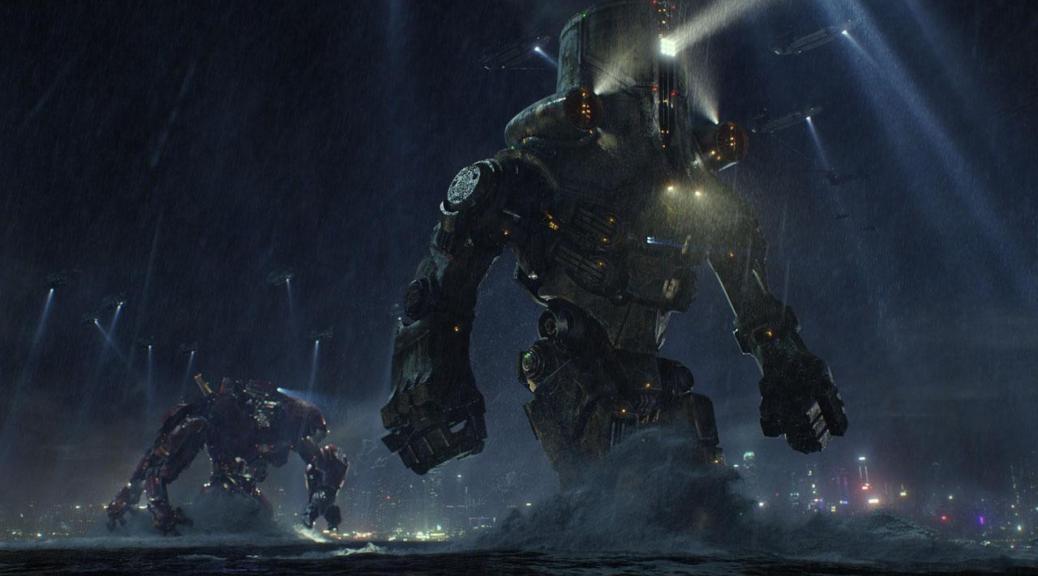Leonard Nimoy, the sonorous, gaunt-faced actor who won a worshipful global following as Mr. Spock, the resolutely logical human-alien first officer of the Starship Enterprise in the television and movie juggernaut “Star Trek,” died on Friday morning at his home in the Bel Air section of Los Angeles. He was 83.
His wife, Susan Bay Nimoy, confirmed his death, saying the cause was end-stage chronic obstructive pulmonary disease.
Mr. Nimoy announced that he had the disease last year, attributing it to years of smoking, a habit he had given up three decades earlier. He had been hospitalized earlier in the week.
His artistic pursuits — poetry, photography and music in addition to acting — ranged far beyond the United Federation of Planets, but it was as Mr. Spock that Mr. Nimoy became a folk hero, bringing to life one of the most indelible characters of the last half century: a cerebral, unflappable, pointy-eared Vulcan with a signature salute and blessing: “Live long and prosper” (from the Vulcan “Dif-tor heh smusma”).
Mr. Nimoy, who was teaching Method acting at his own studio when he was cast in the original “Star Trek” television series in the mid-1960s, relished playing outsiders, and he developed what he later admitted was a mystical identification with Spock, the lone alien on the starship’s bridge.
Yet he also acknowledged ambivalence about being tethered to the character, expressing it most plainly in the titles of two autobiographies: “I Am Not Spock,” published in 1977, and “I Am Spock,” published in 1995.
In the first, he wrote, “In Spock, I finally found the best of both worlds: to be widely accepted in public approval and yet be able to continue to play the insulated alien through the Vulcan character.”
“Star Trek,” which had its premiere on NBC on Sept. 8, 1966, made Mr. Nimoy a star. Gene Roddenberry, the creator of the franchise, called him “the conscience of ‘Star Trek’ ” — an often earnest, sometimes campy show that employed the distant future (as well as some primitive special effects by today’s standards) to take on social issues of the 1960s.
His stardom would endure. Though the series was canceled after three seasons because of low ratings, a cultlike following — the conference-holding, costume-wearing Trekkies, or Trekkers (the designation Mr. Nimoy preferred) — coalesced soon after “Star Trek” went into syndication.
The fans’ devotion only deepened when “Star Trek” was spun off into an animated show, various new series and an uneven parade of movies starring much of the original television cast, including — besides Mr. Nimoy — William Shatner (as Capt. James T. Kirk), DeForest Kelley (Dr. McCoy), George Takei (the helmsman, Sulu), James Doohan (the chief engineer, Scott), Nichelle Nichols (the chief communications officer, Uhura) and Walter Koenig (the navigator, Chekov).
When the director J. J. Abrams revived the “Star Trek” film franchise in 2009, with an all-new cast — including Zachary Quinto as Spock — he included a cameo part for Mr. Nimoy, as an older version of the same character. Mr. Nimoy also appeared in the 2013 follow-up, “Star Trek Into Darkness.”
His zeal to entertain and enlighten reached beyond “Star Trek” and crossed genres. He had a starring role in the dramatic television series “Mission: Impossible” and frequently performed onstage, notably as Tevye in “Fiddler on the Roof.” His poetry was voluminous, and he published books of his photography.
He also directed movies, including two from the “Star Trek” franchise, and television shows. And he made records, singing pop songs as well as original songs about “Star Trek,” and gave spoken-word performances — to the delight of his fans and the bewilderment of critics.
But all that was subsidiary to Mr. Spock, the most complex member of the Enterprise crew, who was both one of the gang and a creature apart engaged at times in a lonely struggle with his warring racial halves.
In one of his most memorable “Star Trek” performances, Mr. Nimoy tried to follow in the tradition of two actors he admired, Charles Laughton and Boris Karloff, who each played a monstrous character — Quasimodo and the Frankenstein monster — who is transformed by love.
In Episode 24, which was first shown on March 2, 1967, Mr. Spock is indeed transformed. Under the influence of aphrodisiacal spores he discovers on the planet Omicron Ceti III, he lets free his human side and announces his love for Leila Kalomi (Jill Ireland), a woman he had once known on Earth. In this episode, Mr. Nimoy brought to Spock’s metamorphosis not only warmth, compassion and playfulness, but also a rarefied concept of alienation.
“I am what I am, Leila,” Mr. Spock declared. “And if there are self-made purgatories, then we all have to live in them. Mine can be no worse than someone else’s.”
Born in Boston on March 26, 1931, Leonard Simon Nimoy was the second son of Max and Dora Nimoy, Ukrainian immigrants and Orthodox Jews. His father worked as a barber.
From the age of 8, Leonard acted in local productions, winning parts at a community college, where he performed through his high school years. In 1949, after taking a summer course at Boston College, he traveled to Hollywood, though it wasn’t until 1951 that he landed small parts in two movies, “Queen for a Day” and “Rhubarb.”

